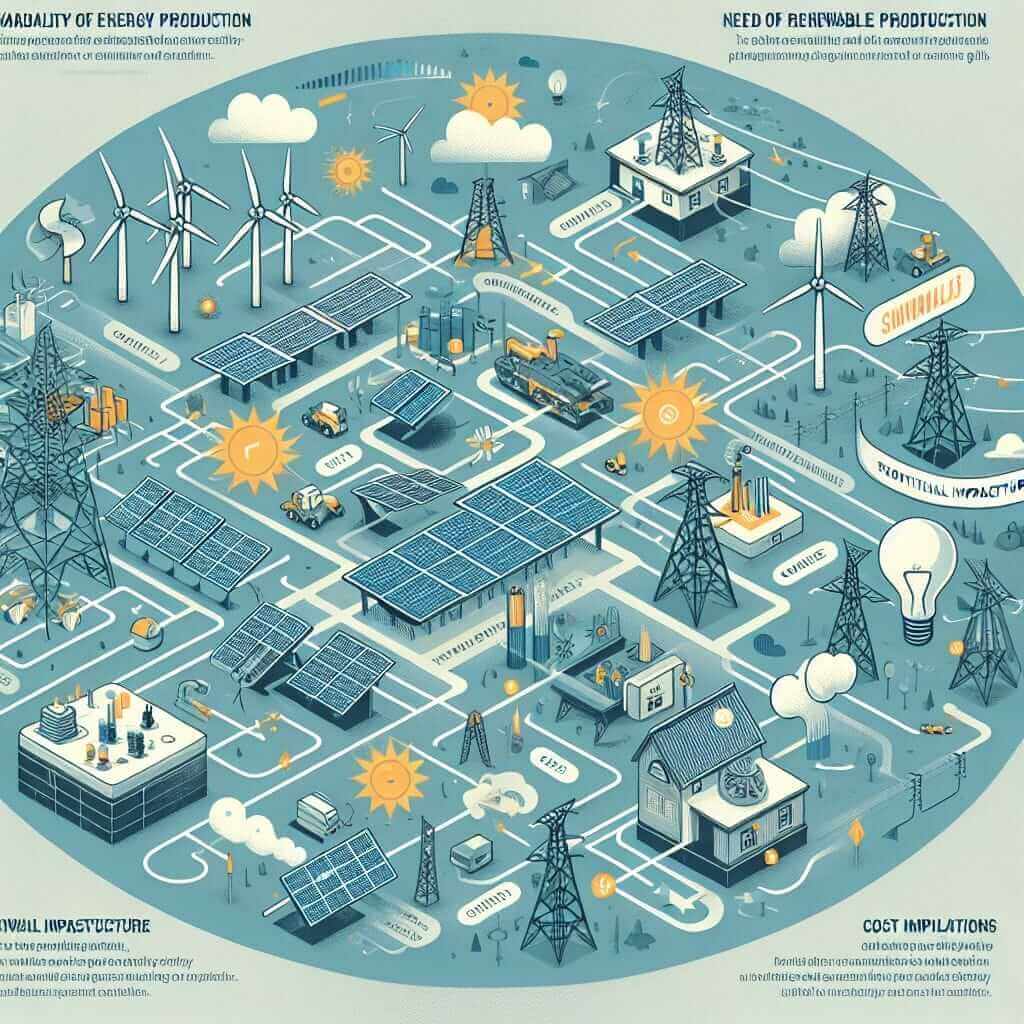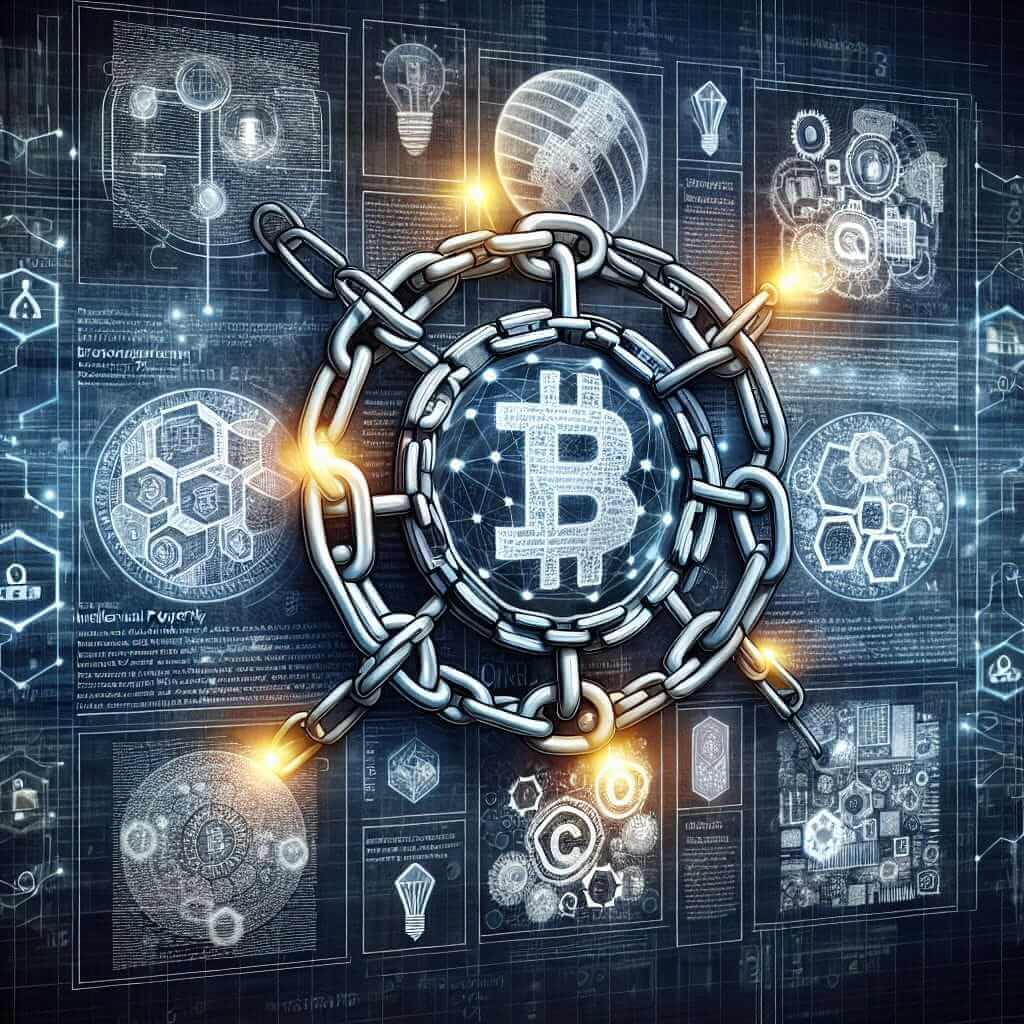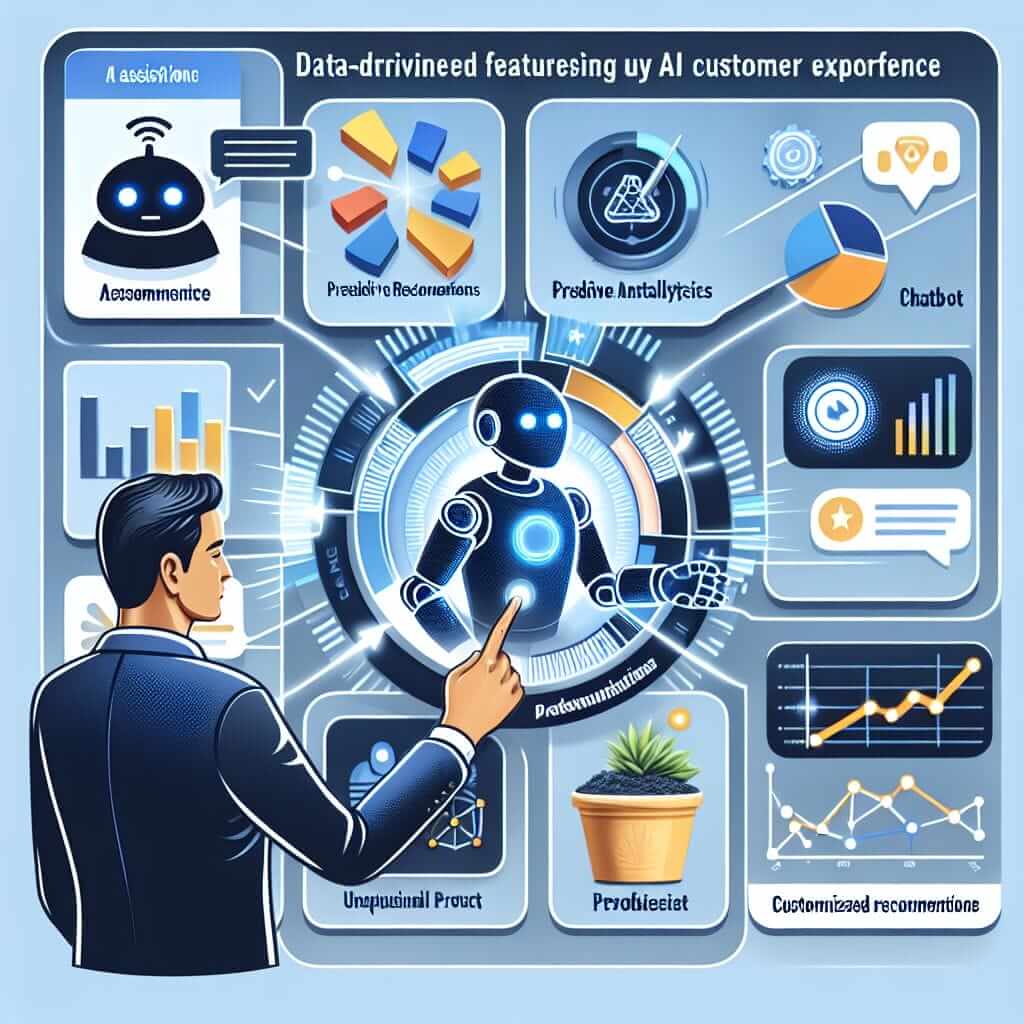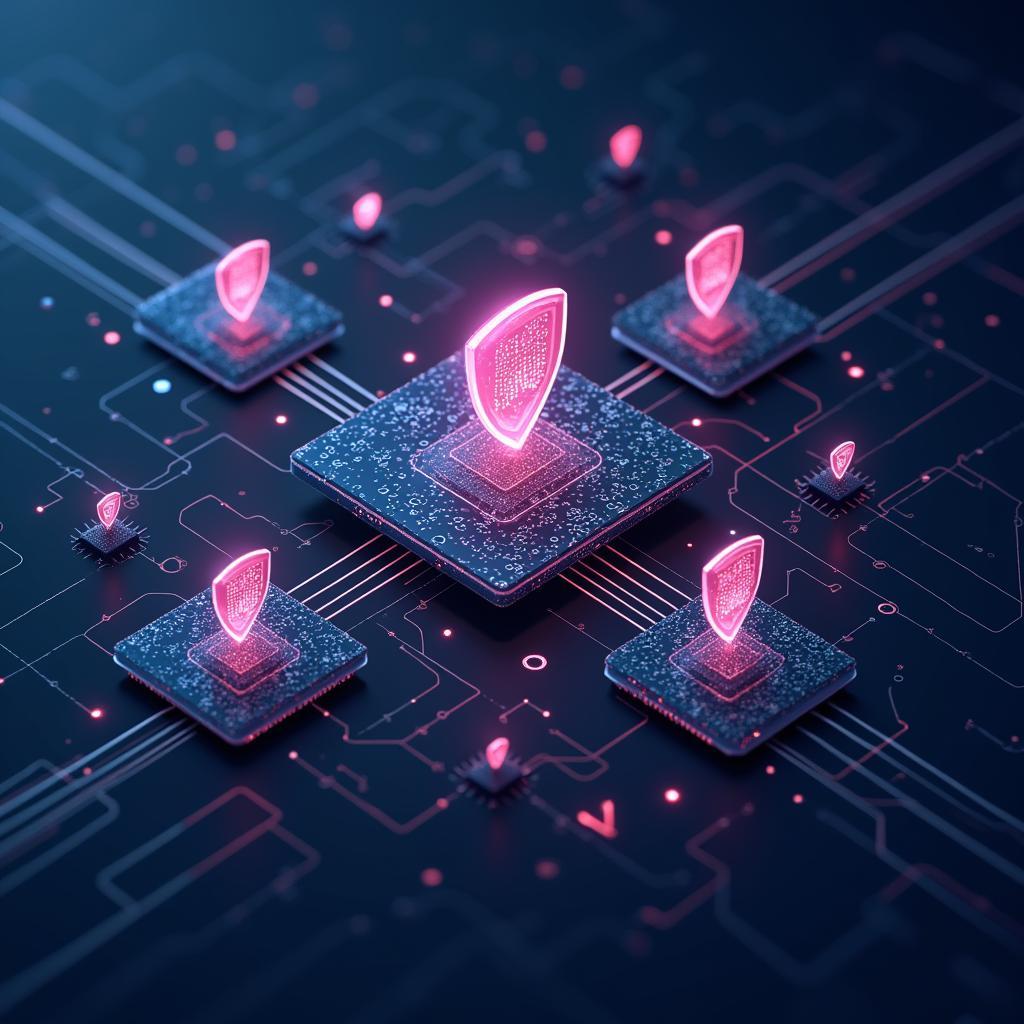The IELTS Reading section tests your ability to understand and interpret academic texts. This section consists of three passages, increasing in difficulty, with a variety of question types ranging from multiple-choice to matching headings. The topic “What are the challenges of integrating renewable energy with traditional energy systems?” is highly relevant in today’s context as the world shifts towards sustainable energy solutions. This article provides a sample reading passage and questions modeled closely on the IELTS exam format, focusing on the issue of integrating renewable energy sources with existing traditional energy systems. We will also provide analysis on the vocabulary, grammar, common mistakes, and tips for excelling in the Reading section of the IELTS exam.
Main Content
Sample IELTS Reading Passage: Medium Text
Renewable energy sources, such as solar and wind power, are becoming increasingly popular due to their sustainability. However, integrating these energy sources with traditional power grids presents several challenges.
First, the intermittent nature of renewable energy is a significant obstacle. Unlike fossil fuels, which can be burned consistently to produce energy, renewable sources depend on weather conditions. For instance, solar panels generate electricity only when the sun is shining, and wind turbines require wind to operate. This inconsistency can lead to unreliable energy supply, making it difficult to balance the grid.
Second, the existing infrastructure is not equipped to handle the variability of renewable energy. Traditional power grids are designed for steady and predictable energy input, typically from coal, natural gas, or nuclear sources. In contrast, renewable energy can cause fluctuations in grid stability as production rates spike and drop. Upgrading infrastructure to smart grids that can respond dynamically to changes in energy input is essential.
Third, there are economic challenges associated with the integration. Significant investments are needed to retrofit existing systems and build new infrastructure to accommodate renewable energy. Additionally, the cost of renewable energy technology, while decreasing, is still relatively high. Governments and private sectors must collaborate on funding and policy-making to make integration feasible.
Finally, regulatory and policy issues also pose challenges. Different regions have varying regulations regarding energy production and distribution. Harmonizing these regulations to foster seamless integration of renewable energy is necessary. Policies promoting renewable energy usage, such as subsidies and tax incentives, can ease the financial burden on developers and consumers alike.
In summary, while the shift towards renewable energy is vital for a sustainable future, overcoming the challenges of variability, infrastructure limitations, economic factors, and regulatory hurdles is crucial for successful integration with traditional energy systems.
 Challenges of Integrating Renewable Energy with Traditional Energy Systems
Challenges of Integrating Renewable Energy with Traditional Energy Systems
Sample Questions
1. Multiple Choice
Question 1: What is the primary issue associated with the intermittent nature of renewable energy?
a) High operational costs
b) Dependence on weather conditions
c) Lack of government support
d) Limited consumer interest
Question 2: Why is the current infrastructure not suitable for renewable energy?
a) It is too old to handle new technology
b) It is designed for steady energy input
c) It requires too much human intervention
d) It is too expensive to maintain
2. True/False/Not Given
Question 3: Upgrading the current power grid is relatively inexpensive.
Answer: True / False / Not Given
Question 4: Wind turbines can generate electricity at any time of the day.
Answer: True / False / Not Given
3. Matching Information
Question 5: Match each challenge with the correct description.
a) Economic challenges
b) Regulatory issues
c) Infrastructure limitations
d) Inconsistent energy supply
i) Need to harmonize energy regulations
ii) High costs of technology and infrastructure
iii) Variability in energy production
iv) Unsuitable for renewable energy input
4. Sentence Completion
Question 6: Traditional power grids are designed for __ energy input.
Question 7: Renewable energy sources are affected by __ conditions.
Answer Key and Explanations
b) Dependence on weather conditions
Explanation: The passage mentions that solar and wind power depend on weather conditions to generate energy, making this the primary issue.b) It is designed for steady energy input
Explanation: Traditional grids are built for constant energy generation, unlike the variable input from renewable sources.False
Explanation: The passage states that significant investments are needed to upgrade the infrastructure.False
Explanation: Wind turbines require wind to generate electricity, making them unable to operate at any time.a) ii) High costs of technology and infrastructure
b) i) Need to harmonize energy regulations
c) iv) Unsuitable for renewable energy input
d) iii) Variability in energy productionsteady
weather
Common Mistakes and Tips
Common Mistakes:
- Misinterpreting data: Ensure you understand the specific details provided in the passage.
- Vocabulary misunderstandings: Look out for similar words with different meanings in the context.
- Time management: Allocate time to each passage appropriately to avoid rushing through the last one.
Tips:
- Skim the passage first to get a general idea.
- Focus on understanding the main idea of each paragraph.
- Scan for keywords in the questions to locate answers quickly.
- Practice different question types to become familiar with the format.
Vocabulary
- Intermittent (adj.) /ˌɪntərˈmɪtənt/: occurring at irregular intervals; not continuous or steady.
- Example: The intermittent nature of solar power can pose challenges for grid operators.
- Retrofit (v.) /ˈrɛtrəʊfɪt/: add (a component or accessory) to something that did not have it when manufactured.
- Example: Many power plants need to be retrofitted to handle renewable energy sources.
- Fluctuation (n.) /ˌflʌktʃuˈeɪʃən/: an irregular rising and falling in number or amount; a variation.
- Example: Renewable energy causes fluctuations in the grid’s stability.
- Subsidy (n.) /ˈsʌbsɪdi/: a sum of money granted by the government to help an industry or business keep the price of a commodity or service low.
- Example: The government offered subsidies to encourage solar panel installations.
Grammar Focus
Passive Voice: Essential in academic writing to focus on the action rather than the subject.
- Structure: [Object] + to be verb (in the correct tense) + past participle of the main verb.
- Example: Significant investments are needed to retrofit existing systems.
Complex Sentences: Combine multiple ideas and add depth to writing.
- Structure: Main clause + subordinate clause (introduced by conjunctions such as because, although, since, etc.).
- Example: Although the cost of renewable energy technology is decreasing, significant investments are still required.
Conclusion
Successfully integrating renewable energy into traditional systems is a complex but essential step towards a sustainable future. Understanding the academic text related to this topic can help you excel in the IELTS Reading section. Practice regularly, focus on the details, and always manage your time effectively during the exam.



